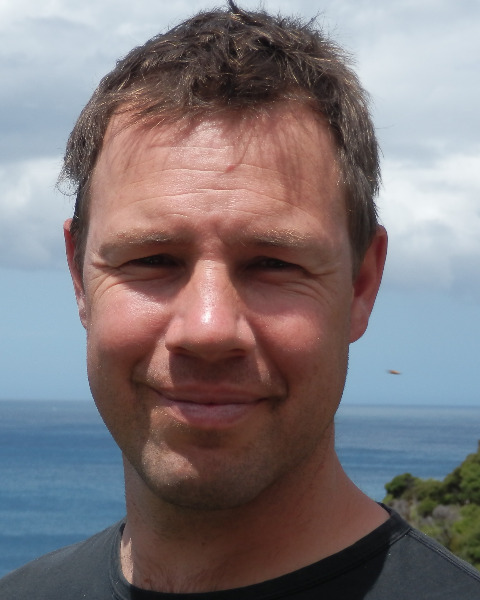Clinical & Translation
Changes in cardiac function after elite-sports retirement
- CJ
Cecilia Jönsson, MSc
Project assistant
Lund University, Sweden - CJ
Cecilia Jönsson, MSc
Project assistant
Lund University, Sweden - AB
Axel Bramell
RPT
Lund University and Skåne University Hospital, Lund, Sweden, Sweden - PA
Per M Arvidsson, MD, PhD
Postdoctoral researcher
Lund University, Sweden 
Einar Heiberg, PhD
Associate Professor
Lund University, Sweden- KS
Katarina Steding-Ehrenborg, PhD
RPT, PhD
Lund University and Skåne University Hospital, Lund, Sweden, Sweden
Presenting Author(s)
Primary Author(s)
Co-Author(s)
Elite-level endurance training results in cardiac remodeling, commonly referred to as the athlete’s heart1. Little is known about the long-term effects on reverse remodeling of the athlete’s heart after retirement from elite sports2.
Therefore, the aim of this study was to assess physiological adaptions of cardiac function long after retirement from elite sports, using non-invasive pressure-volume (PV) loops3 (Figure 1).
Methods:
In 2007, 13 elite athletes active in handball or football underwent cardiac magnetic resonance (CMR) imaging and cardiopulmonary exercise testing (CPET), as part of an observational study at Skåne University Hospital, Lund. In 2023, the participants underwent the same examinations, now as retired athletes. Years of retirement were obtained from a questionnaire and VO2 peak was measured using CPET. Left ventricular volumes were delineated from CMR images. By combining brachial pressure and left ventricular volume, non-invasive PV loops for the left ventricle were created, enabling comparison of detailed information on cardiac function3. One participant was excluded from the study due to lack of blood pressure data.
Results:
Participants had been retired from sports for a median of 11.0 [8.5-14.0] years, with a decrease in VO2 peak from 50.7 ± 4.9 ml/kg/min at baseline to 38.8 ± 3.7 ml/kg/min (p< 0.001) after retirement. End-diastolic volume decreased from 248 ± 28 ml to 214 ± 27 ml (p< 0.001), and end-systolic volume from 120 ± 15 ml to 95 ± 12 ml (p< 0.001). Diastolic blood pressure increased from 71 ± 6 mmHg to 79 ± 8 mmHg (p< 0.01), however systolic blood pressure was unchanged.
As shown in Figure 2A, stroke work remained unchanged. Potential energy used per heartbeat decreased (p< 0.001, Figure 2B), while there was an increase in both myocardial contractility (p< 0.001, Figure 2C) and ventricular efficiency (p< 0.01, Figure 2D) after retirement from elite sports.
Conclusion:
The unchanged stroke work together with decreased potential energy indicate that the retired athlete’s heart, at rest, uses less mechanical energy for every heartbeat. The increase in contractility suggests that the retired athletes had higher sympathetic activity at rest, with a decreased recruitable contractility reserve, which likely will impair exercise capacity.
Figure 1. Schematic image of a left ventricular non-invasive PV loop together with hemodynamic parameters such as: SW (area enclosed by the PV loop) PE (area of the triangle), contractility (slope of the black line) and arterial elastance (slope of the dashed line). Ventricular efficiency (VE) is calculated as SW/ (SW+PE). Abbreviations: VE = ventricular efficiency, PE = potential energy, PV loop = pressure-volume loop, SW = stroke work. Image modified from Arvidsson PM et al (2023)4, CC by 4.0 https://creativecommons.org/licenses/.
Figure 2. Left ventricular hemodynamics describing A) stroke work, B) potential energy (PE), C) contractility and D) ventricular efficiency. The dots represent individual values.

